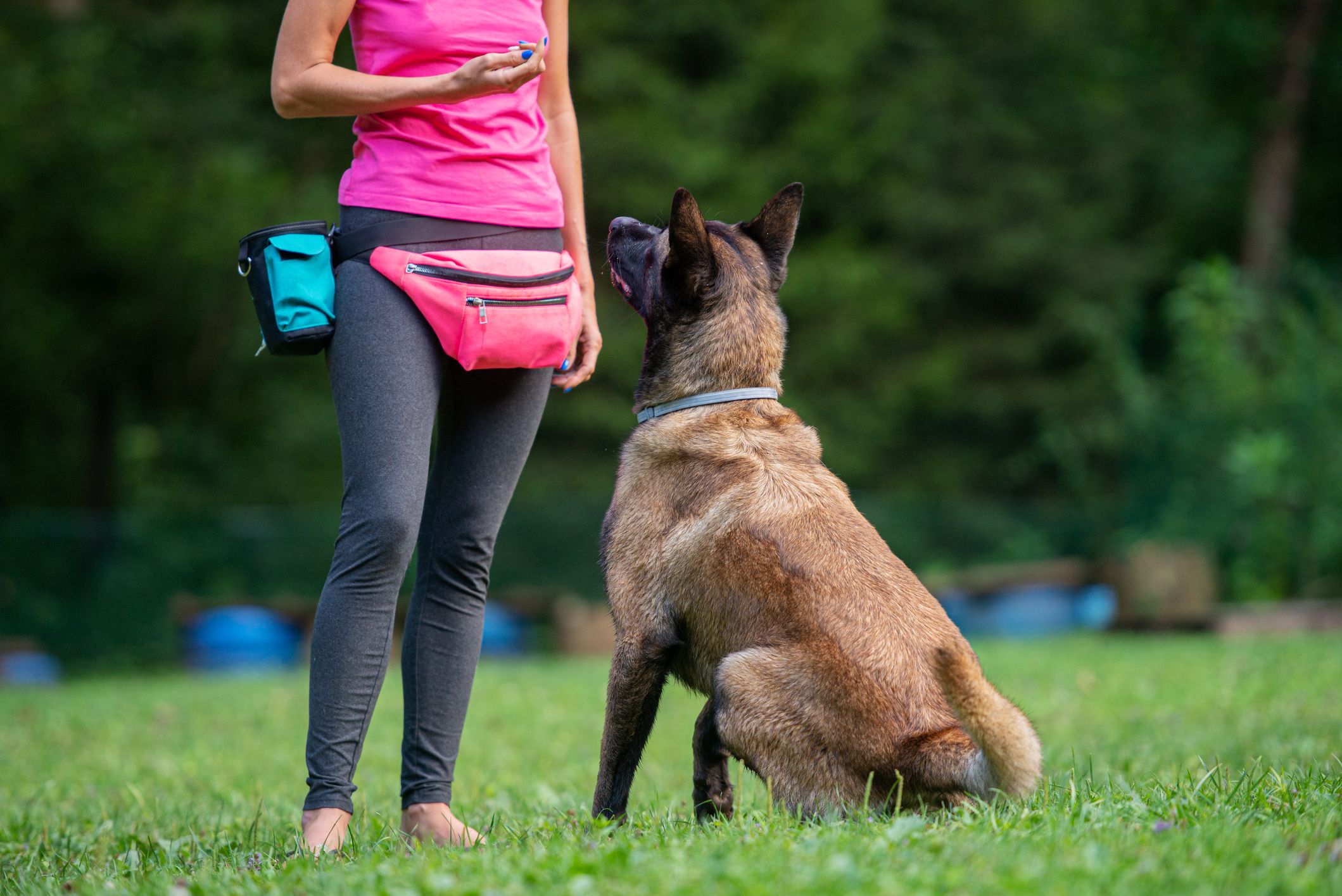Why Consistency is Key in Dog Training for Long-Term Success
Why Consistency is Key in Dog Training for Long-Term Success
Blog Article
Leading Canine Educating Techniques Every Proprietor Ought To Know

Favorable Support Strategies
Making use of favorable support techniques is important for reliable canine training, as it promotes a relying on bond in between the dog and the instructor. This technique focuses on gratifying preferable actions rather than penalizing unwanted ones, creating an environment for learning. Rewards can include deals with, praise, or play, which encourage dogs to repeat the habits that gain them these benefits.

In addition, this method boosts the pet's interest for training sessions. When canines link training with favorable experiences, they are much more engaged and receptive. Past immediate therapy, positive reinforcement encourages a joint connection between the pet and instructor, decreasing stress and anxiety and worry
To make best use of efficiency, it is vital to supply incentives without delay, making sure the canine attaches the actions with the reinforcement. Fundamentally, positive support techniques not only yield better-trained pet dogs however also advertise an unified collaboration in between pet and proprietor.
Clicker Training Method
The clicker training approach is a highly reliable method that constructs upon the concepts of favorable support by including a distinct audio to mark wanted behaviors. This approach uses a small portable tool that generates a clicking noise, enabling instructors to communicate with their pets in a immediate and clear fashion. When a pet dog performs a behavior that the proprietor wants to encourage, the remote control is activated, complied with by an incentive, typically in the type of deals with or appreciation.
The secret to successful remote control training lies in uniformity and timing. It is critical to click at the exact moment the desired habits happens, making certain that the pet dog connects the noise with the action and the succeeding reward. This method not just enhances interaction but likewise promotes a more powerful bond between the pet and the owner, as it motivates interaction and interaction throughout training sessions.
Remote control training can be related to a variety of commands and habits, from standard obedience to a lot more complicated techniques. Its convenience and performance make it a favored strategy among expert instructors and pet owners alike, paving the way for a trained and responsive canine friend.
Leash Training Basics
Reliable leash training is vital for making certain a safe and pleasurable strolling experience for both dogs and their owners. A flat collar might function for some pets, while others might benefit from a harness that minimizes pulling.
Introduce your dog to the leash slowly, allowing them to explore it in a comfortable setting. This includes rewarding your pet dog for walking next to you instead than pulling ahead.
If your canine starts to pull, quit strolling promptly. Additionally, method numerous walking settings to assist your canine adjust to distractions.
Routine method will certainly solidify your canine's understanding of chain decorum. Bear in mind that chain training is a continuous procedure; perseverance and uniformity will certainly produce the best results, promoting a positive experience for both you and your canine buddy.
Socialization Strategies
Socializing is a crucial element of pet dog training that should preferably begin during puppyhood yet can be helpful at any type of age. Effective socializing helps pet dogs develop self-confidence and minimizes the possibility of behavior issues. To apply successful socialization approaches, expose your pet to a variety of atmospheres, people, and various other animals.
Begin with regulated settings, such as young puppy courses or arranged this content playgroups, where young dogs can connect safely. Progressively present your dog to brand-new experiences, consisting of different sounds, surface areas, and activities. Make certain these encounters are satisfying and favorable to establish a sense of safety.
For grown-up dogs or those lacking exposure, start with low-stress situations. Short, favorable communications with calm canines and friendly humans can produce positive organizations. Use deals with and appreciation to enhance desirable habits throughout these experiences.

Uniformity and Perseverance
Acknowledging the relevance of uniformity and perseverance in canine training is crucial for accomplishing long lasting outcomes. Inconsistent training can lead to complication, making it challenging for the canine to understand habits or commands, ultimately preventing progress.
Pets, like human beings, discover at their very own speed. This promotes a trusting connection between the canine and proprietor, motivating an extra ready and passionate student.
To grow uniformity and patience, develop a normal training regular, utilize the very same commands, and make certain that all relative use the exact same training principles - Dog training. By doing so, you create a stable environment for finding out, enabling your canine to create and grow right into a well-behaved friend
Verdict
Finally, reliable pet dog training methods, such as positive support, clicker training, and correct chain training, are important for fostering a healthy and balanced owner-dog connection. Additionally, implementing socializing methods and maintaining uniformity and persistence throughout the training process adds substantially to a canine's general wellness. By integrating these methods, dog owners can help with the growth of well-adjusted, obedient pets, eventually enhancing the top quality of life for both the owner and basics the pet.
Among the most noticeable techniques are positive support, remote control training, and leash training, each offering one-of-a-kind benefits that add to a well-behaved pet dog. As we explore these basic approaches, it ends up being noticeable that mastering their nuances can significantly influence the training experience and the dog's general actions.Utilizing favorable support methods is essential for More about the author efficient pet training, as it fosters a trusting bond in between the fitness instructor and the pet.In verdict, effective canine training methods, such as positive support, remote control training, and correct leash training, are necessary for cultivating a healthy and balanced owner-dog partnership. By integrating these methods, canine proprietors can promote the growth of well-adjusted, obedient family pets, inevitably boosting the quality of life for both the dog and the owner.
Report this page